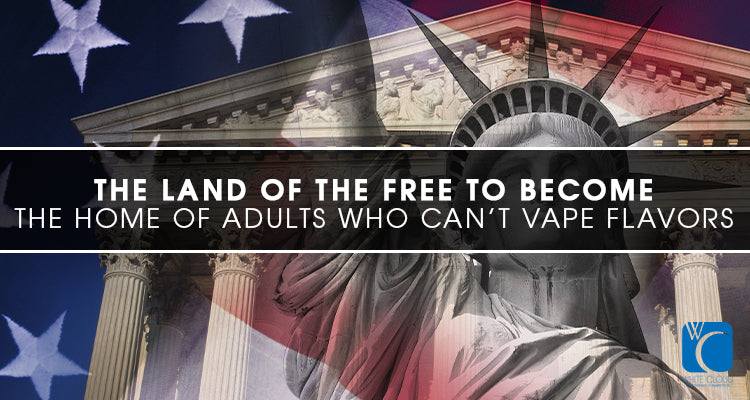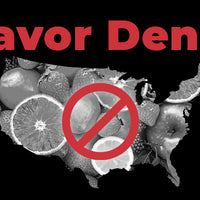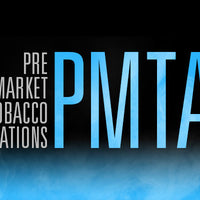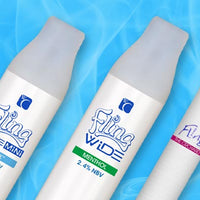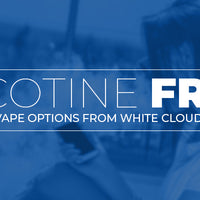In the 1999 film The Insider, Russell Crowe delivers an Oscar caliber performance playing tobacco industry whistleblower Jeffrey Wigand. Although much of the movie chronicles Wigand’s relentless efforts to reveal sensitive tobacco industry secrets, the fact remains Wigand would not have ever gotten any publicity traction until CBS decided to run numerous stories that were damaging to Big Tobacco.
As a New York Yankees Hall of Fame catcher once said, “It’s Déjà vu all over again.”
Over the past several weeks, negative news stories have beset the vaping industry on an almost daily basis. From national stories describing vaping related lung illnesses to local newscasts presenting information about defective e-cigarette components, the vaping industry appears to be heading down the same road taken by Big Tobacco nearly 20 years ago.
The biggest difference is that an industry known for delivering what many studies have shown to be a safer alternative to tobacco could go up in smoke overnight. For years we’ve been saying the FDA’s Deeming Regulations could mean the end for the vaping industry, and now that tragic ending could be as soon as tomorrow.
The Feds Push to Ban Flavored E-Cigarettes

The vaping industry is on pins and needles awaiting an announcement from the Trump administration expected this week regarding flavored e-cigarettes and e-liquids. This announcement could involve immediately removing all flavored e-cigs and e-liquids from the market, leaving only tobacco and menthol.
The Trump administration’s announcement came on the heels of a large number of reports linking the rapid rise in the popularity of e-cigarettes to a handful of deaths and possibly hundreds of lung illnesses the medical community has associated with vaping products.
Despite the fact that the majority of the lung illness cases were linked to THC vapes, rather than nicotine, the administration still plans to move forward with the ban in an effort to combat what health organizations are calling the “youth vaping epidemic”, while completely ignoring the fact that the majority of adult vapers prefer flavors over tobacco and menthol varieties.
It would appear as though government officials and health organization members have completely lost their taste buds. For example, Governor Raimondo of Rhode Island held a press conference regarding her plans to implement and emergency statewide flavor ban, she asked the attendees, “What adult do you know drinks strawberry milk? Chocolate milk?” Then went on to say, “This is targeted at kids. Our kids.”
Unfortunately, she isn’t the only one who believes the vaping industry is “targeting” children rather than offering better-tasting alternatives to combustible cigarettes. Every single vaper in the country could get together and scream at the top of their lungs how they really feel about flavors, and they still wouldn’t be heard.
It’s enough to make you want to seek out that rock these people must be living under, or maybe just wonder, “What’s the real reason behind all of these vaping bans?”
Is the Tobacco Industry Behind the Ban?

Is has been 20 years since the release of The Insider, which means it has been 20 long years for the tobacco industry. During 2018, British American tobacco lost more than half of its stock value, while Phillip Morris took a hit of nearly 30%.
Although the combined value of the world tobacco industry is about $560 billion, the predicted annual growth rate for the tobacco industry is expected to remain a stagnant two percent through at least 2021. Much of blame for the decline of Big Tobacco centers on how alternatives to smoking tobacco cigarettes have made a negative impact on the industry. As opposed to the paltry rate of growth for tobacco cigarettes, the electronic cigarette market is expected to grow by 20.8% per year until 2025 (that is, if flavored vapes aren’t banned overnight).
Is the surge in vaping industry sales a strong enough reason for Big Tobacco to persuade politicians at all levels of government to regulate vaping industry products? The answer to the question is not clear. There has not been enough evidence presented that links Big Tobacco lobbying efforts to the sudden surge of vaping industry regulations.
But what is clear are two things:
- Smoking rates in the U.S. have been steadily declining and reaching all-time lows with the rise of vaping, which could mean less funding for the states as part of the Tobacco Master Settlement.
- With the decline in cigarette sales, states will be receiving less funding annually from the settlement, as the required payments are based on tobacco shares and sales.
If you’re unfamiliar with this settlement, here’s a quick rundown:
In 1998, the largest civil settlement in the U.S. took place between Big Tobacco and 46 state attorney generals, five U.S. territories, and the District of Columbia. With the Tobacco Master Settlement, the states would receive $206 billion to be paid out over 25 years from 2000 to 2025 to cover the costs of smoking-related illnesses and deaths, as well as to allocate towards anti-smoking campaigns, smoking cessation programs, and cancer research.
Surprise, not so surprise, the states did not follow through with their end of the bargain. According to a report released last year on the 20th anniversary of the settlement, the states have received $27.5 billion only 1 out of the 46 states met the CDC-recommended levels of tobacco control funding. Instead of using the funds for what they were intended, nearly all of the involved states have been diverting that money into their general funding while leaving smoking cessation programs neglected and underfunded.
By just how much are these programs being underfunded? According to the American Lung Association’s annual State of Tobacco Control report for fiscal year 2018, only 3% of the Master Settlement funds actually went to tobacco control and cessation programs, with North Carolina allocating 75% of its funds to tobacco production.
With that much funding, the states could have easily put it towards research to help determine the role of e-cigarettes in smoking cessation and any potential health risks. Instead, it appears they’re doing everything they can to impose flavor bans and demonize the industry.
Is it Legal for the FDA to Enforce the Flavor Ban?

When it comes to issuing regulations, the Administrative Procedures Act (APA) requires proposed regulations to go through the formal rule-making process. This process requires the proposed rule be published in the Federal Register and to allow/respond to comments from the public before issuing the rule. But, of course, there are ways to find loopholes.
For example, Michael Siegel, a professor in the Department of Community Health Sciences at Boston University School of Public Health, believes the FDA will be using its enforcement authority to promulgate a de facto ban on vape flavors and will escape the required public input and other due process requirements by issuing a guidance in regards to its enforcement of pre-market tobacco application (PMTA), which is currently scheduled to be enforced in May 2020 instead of 2021 and 2022 after a court ruling in July 2019.
Siegel believes that, rather than wait until May 2020, the FDA will instead enforce the PMTA requirement immediately for all flavored vapor products that have not been submitted for PMTAs.
So how does that result in a flavor “ban”? No flavored vaping products have been submitted for PMTAs, as the industry has been awaiting the FDA’s promised guidance since 2016…
Siegel believes this is illegal for 3 reasons:
- The guidance would violate an executive order issued by the Trump Administration last month, which stated that the public should receive a notice and opportunity to comment at least 30 days before issuing the final guidance.
- The guidance would violate the Congressional Review Act which requires a federal agency to submit any rule to Congress prior to its issuance.
- The guidance would violate the Administrative Procedure Act as the guidance represents “rule-making by enforcement”.
In the meantime, the White House cancelled meetings with several vaping advocacy groups scheduled for this week via an email sent in the middle of the night.
For the rest of the story on the legality of the FDA’s flavor ban, head over to Michael Siegel’s blog.
So What’s Next for the Vaping Industry?
With statewide flavor bans going up in smoke with the involvement of the courts, we can only hope that the law will be on our side if the Trump administration does manage to shut down nearly an entire industry overnight with an unjustified flavor ban.
This is why it’s important right now more than ever for us vapers to stand up for our rights and make our voices heard. Now let’s light up that White House switchboard and attend the United Vapers Alliance Rally being held in Washington D.C. this Saturday, November 9, 2019!
